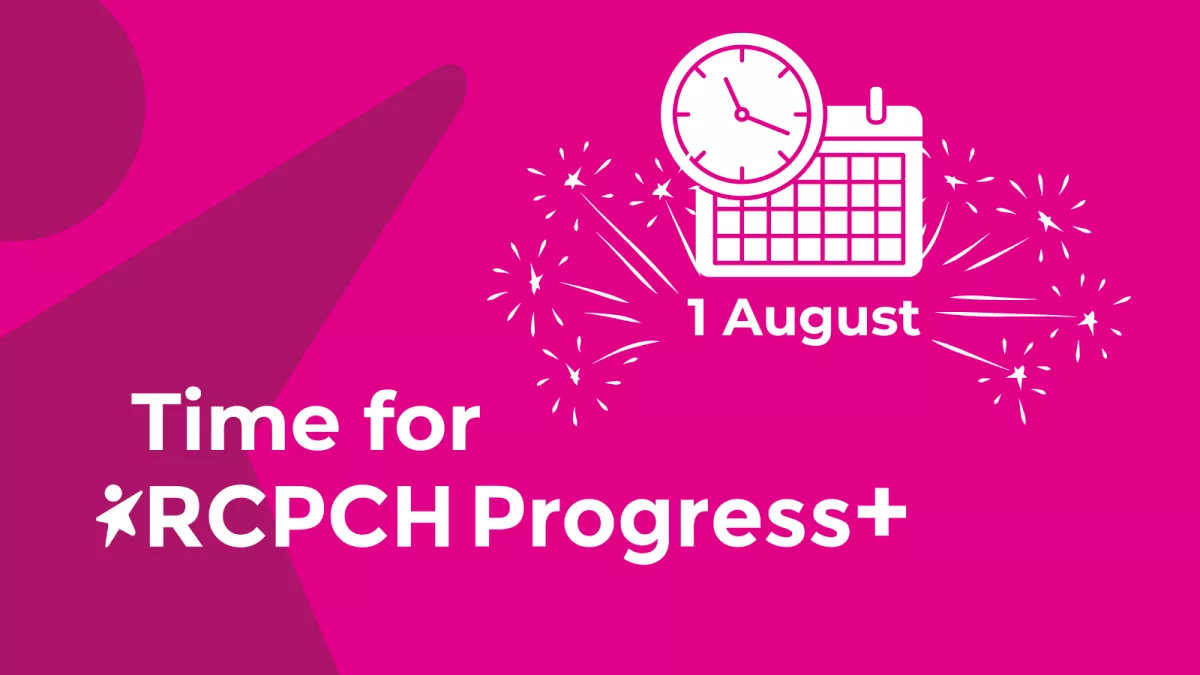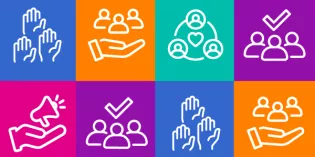
With Progress+ imminent, the prospect of moving the MRCPCH examinations’ completion point to the end of Specialty Training 4 (ST4) means some trainees will be working on tier 2 rotas without the MRCPCH (see last week’s message). So, while this offers a longer time for trainees to complete the necessary skills tested in the exam, it might leave some a little less reassured about being able step up on the tier 2 rota.
Enter the ECAT. In full, Entrustment with Care Assessment Tool. It takes the elements found in the ACAT (Acute Care Assessment Tool) but enhances the learning experience to reassure trainees and supervisors alike that trainees possess the capabilities for tier 2 work by using an entrustment decision.
The ECAT complements the Progress+ curriculum by focusing on select domains among the workplace settings:
- Running acute take
- Ongoing care for infants on neonatal units
- Managing admissions
- Post-take ward rounds
- Covering assessment unit
The ECAT works best when trainees are given the opportunity to act up on the tier 2 rota as if they were fully independent but being supervised with a view to offering developmental feedback. This feedback can then contribute to a personal development plan. We think this offers an excellent learning opportunity, reassures trainees and supports the curriculum requirements.
During the 2023-24 training year the ECAT will be optional. But if not done, supervisors will be looking for other evidence of tier 2 capabilities prior to working independently on the tier 2 rota. The ECAT remains a formative assessment tool albeit with an entrustable component. It is not designed to be used in a wholly summative way and if an ECAT results in some development needs for the trainee before being ‘entrusted’, the supervisors will be looking for evidence of remediation and not necessarily another ECAT.
We asked some trainees who have completed an ECAT at different stages of training to share their experiences:
Medha used the ECAT in preparation for stepping up to the tier 2 rota and said:
I approached the consultants and asked if I could do the ward rounds and if they could observe a few consultations and give me formal feedback via the ECAT assessment. I was accompanied by the consultant, who observed me interacting with children and parents, making management plans and giving appropriate advice. We then discussed areas of development needed and filled out the ECAT form, which is reasonably easy to use and brief compared to the ACAT.
Many of us routinely work independently, but being observed by the consultant and getting feedback from them is very helpful, and it is reassuring to know that they would trust you to undertake middle-grade level activities. It helped alleviate my anxieties and gave me the confidence to transition to middle-grade work. I encourage ST3 trainees to use the ECAT tool to keep a documented log of undertaking registrar level activities for a smooth transition and an objective way to decide that they are ready to step up.
Rikhanant used it slightly earlier in training, during ST2 when it would be a very useful development tool. She told us:
It was quite easy for me to use. The good thing is that it requires the same information as other supervised learning events logs.
The only disadvantage for me is that it's only consultants or an RCPCH assessor who can fill out the feedback session. This will be quite difficult especially when one wants to use it for night on call assessments
At the moment we are expecting an ECAT to be performed by a consultant or SAS doctor; during out of hours shifts, an ACAT might be useful to complete with a registrar.
Dimple is currently a level 3 trainee and fed back how useful the ECAT might be at this level. That's something we would definitely like to build on:
I was able to use the ECAT towards the end of my ST6 placement. By doing so, I was able to obtain feedback from consultant colleagues about my readiness towards becoming a more independent leader/senior trainee during busy on-call shifts and about my ability in managing the paediatric team on busy weekday shifts.
As it is a relatively new tool and different from other SLE’s [supervised learning events] – I found it useful to prompt the assessor with the information regarding the ECAT from the RCPCH website to avoid overlapping with the ACAT. Having completed the assessment, I feel that the ECAT can become a very effective tool for middle grade and higher level trainees particularly those nearing completion of their training.
As Dimple notes, our assessment guide on this website has detail about ECAT and all other assessments. The proforma are available in your ePortfolio, and don't forget you can see our guidance on using ePortfolio.
Can you join us in celebrating the launch on 1 August? As you may be aware, we’ve been using the colour pink to highlight all things Progress curriculum and Progress+ for many years. We’d love you to help us mark the occasion with your own local celebrations and to share your pictures at #RCPCHProgressPlus. Perhaps some pink baking for a tea break or a team photo with pink accessories and banners – we’d like to turn our social feed pink for the day!











